BULL OR BEAR? WHY THE MARKET SOUNDS LIKE A ZOO
- Susi Hogan

- Jul 21
- 3 min read
Trader Terms to Cook Your Noodles – Vol. 4
If you thought trading was just about numbers and charts, think again.
Our chaotic 80s trading floor seems to have a few more inhabitants than just humans. Suddenly, everyone's talking about 'bulls' and 'bears'. No, it's not a market safari and you don't need binoculars.
These are just colourful (and very old) ways to describe the overall direction and mood of the market.
BULL MARKET: WHEN CONFIDENCE CHARGES IN
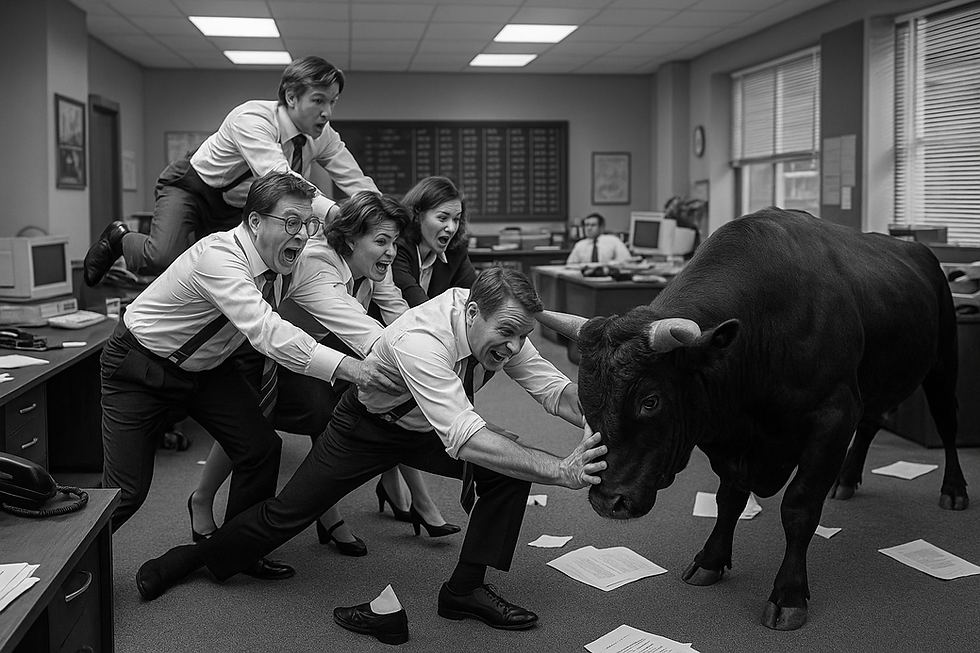
A bull market is when prices are generally rising. It doesn’t mean every second is green, but the trend is clearly upward.
Why the bull? Because a bull attacks by thrusting its horns *upward* so “bull market” = prices rising.
It’s typically a time of:
- Optimism: Traders expect prices to keep climbing
- Buying: More people are buying assets
- Growth: The economy and companies often appear strong
It’s like swimming with the current. Many traders find long opportunities easier to spot and act on during bullish conditions.
BEAR MARKET: WHEN THINGS TAKE A DIVE
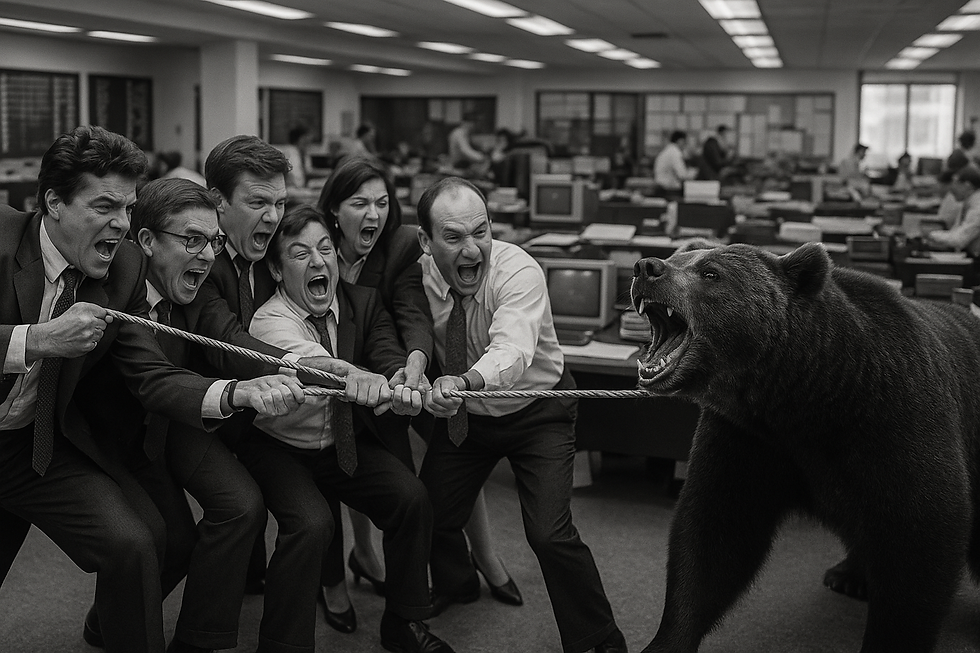
A bear market is when prices are generally falling usually by 20% or more from recent highs.
The bear? It swipes its paw *downward* symbolising falling prices.
Bear markets come with:
- Pessimism: Worries about profits or the economy
- Selling pressure: Traders cashing out or shorting
- Contraction: Companies may struggle, growth slows
While it sounds gloomy, a well-trained trader knows how to operate here too. Remember ‘going short’? This is where it shines.
REAL-WORLD ANTICS: HOW OUTSIDE EVENTS SHIFT THE ZOO (BULL MARKET OR BEAR MARKET)

Markets don’t just move on numbers they move on news.
Sometimes it’s economic data. Other times? It’s the antics of politicians, presidents, or global drama.
For example:
- If a world leader announces new trade tariffs markets may get nervous. Less trade = less profit = falling prices = bear mood.
- If someone promises tax cuts or big infrastructure projects traders may feel bullish thinking it’ll boost business and growth.
It’s not about whether the event has happened it’s about how people think it will affect profits. That’s what drives the bull or bear.
And yes, leaders like Trump regularly caused both sometimes in the same week.
BEYOND BULLS AND BEARS: PIGS AND SHEEP
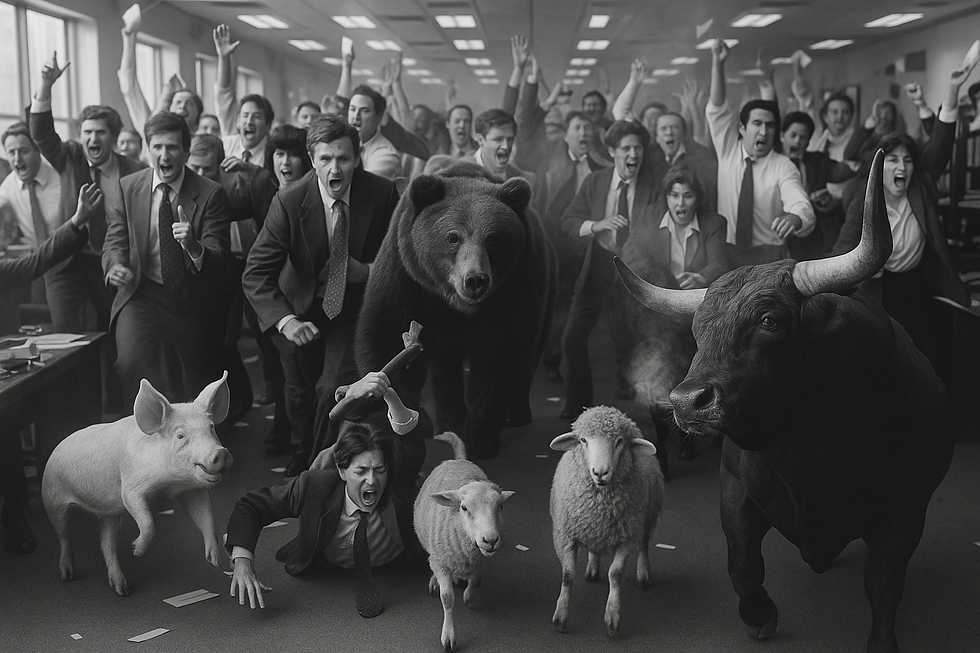
You might also hear traders talk about:
- Pigs: Traders who get greedy, trying to milk every last pip and end up turning profits into losses.
> “Bulls make money, bears make money… pigs get slaughtered.”
- Sheep: Traders who blindly follow the herd, jumping into trades without doing their own research - usually too late.
These aren't about market direction. They're warnings. And at CLiK, we teach you how to be neither.
CLIK INSIGHT: HOW TO TRADE IN A MENAGERIE
At CLiK, we train you to:
- Recognise market conditions (bullish or bearish)
- Understand what news is likely to cause a shift
- Adapt your strategy long, short, or sit it out
- Avoid the common behavioural traps (pig/sheep syndrome)
So whether the market’s charging ahead or curled up for a nap, you’ll have the skills to make calm, confident trading decisions.
NEXT TIME: STOP-LOSS — YOUR PANIC BUTTON (THAT SHOULDN’T PANIC YOU)
Next up: how to protect yourself. Stop-losses, take-profit orders your built-in safety net and targeting tool.
No actual nets or zoo animals involved.
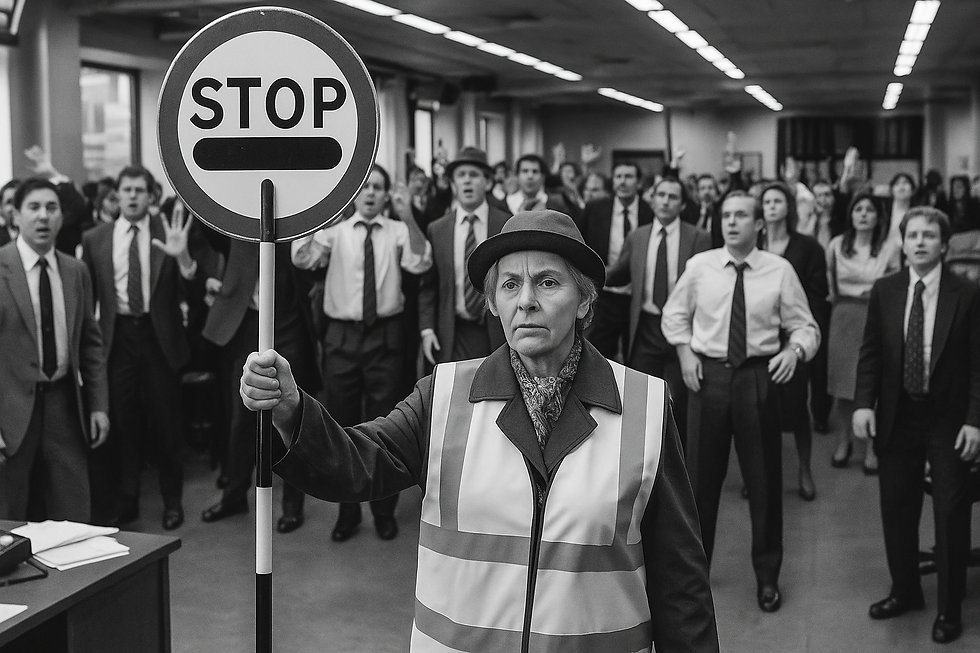
Real Traders. Real Support. Real Results.


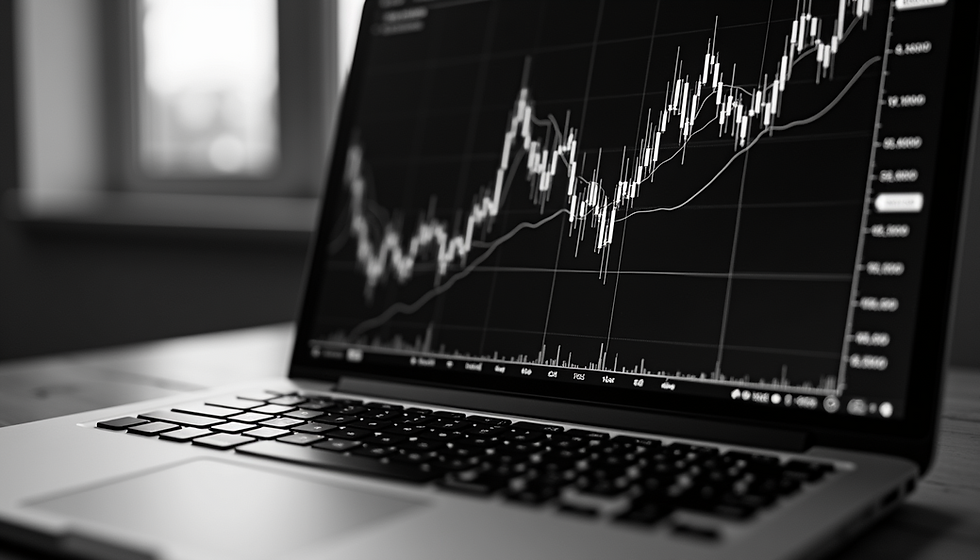
Comments